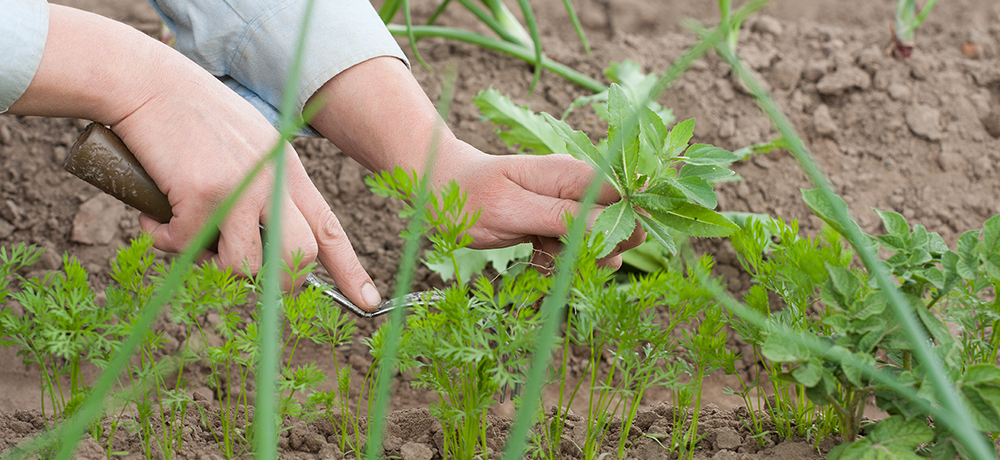Market gardening techniques
Market gardening comprises a whole repertoire of methods and tools selected according to the crops being grown and their cycle. Each tool enables a particular task to be carried out more accurately, more easily and more profitably. With the arrival of industrial cultivation, mechanical techniques and the use of multi-purpose machines have gradually replaced manual techniques.
Precise techniques at every stage of production
Nowadays, market garden crops are grown in different environments depending on the season, for example in a vegetable plot, in a greenhouse or in a field. Such areas are expanding in response to increasing demand from consumers.
Growing cycles are often characterised by similar stages. Tillage, or the preparation of the soil, consists in turning the earth to aerate it and remove the residue of previous harvests. Sowing is the process of planting seeds: They are placed in the ground either randomly (by throwing them) or more evenly (by spacing seeds separately at given intervals). Seeds are then covered with soil and watered to help them germinate. When seeds are grown in small individual pots or in a germination bed (the nursery), the small shoots (the seedlings) are then planted in the ground. This action is called pricking out.
At each stage of the cycle, the plants are treated with fertilisers and pesticides and watered regularly. This favours growth and supply of nutrients, and helps prevent damage from disease, insects and pests.
Other operations may be carried out depending on the type of crop. Pinching out or pruning of buds or stems helps control the volume and quality of production. As plants grow, staking (with a stick for example) provides support for certain edible plants, such as the tomato, aubergine or bell pepper.
The harvest ends the cycle. Once vegetables have reached the desired level of ripeness, they are picked either by hand or a machine, which gathers them using a system of picks or hooks, leaving the soil to rest before a new cycle.
A tool for each task
Hand tools for preparing the soil include the spade, used to till, turn over and separate the soil. Hoes clean and aerate the soil, while a weeder removes weeds and a hoe-fork loosens the soil to ensure the seeds can develop well. Other tools include cold frames, hot beds and seed trays, used to accelerate germination and seedling growth. Hods are used during the harvest.
With industrial cultivation, machines have replaced individual hand tools by performing multiple operations, such as tilling, sowing, weeding and watering, often simultaneously. Finally, harvesters gather in the plants once the cycle has finished.
ELGER, Roger, 2015. Les nouveaux potagers, sur bottes de paille, sur buttes, sous couvert végétal permanent,sur lasagnes, en carrés, sous abri, en bacs. Paris : Éditions Rustica. ISBN 9782815306096
GAUTEREAU, Pierre et MACHEFER, Alain, 2009. Techniques horticoles. Volume 3. Paris : Éditions Hotivar. ISBN 9782917308028
LEROY, Eric et LOIR, Lore, 2015. Jardin du monde : se nourrir pour survivre. EBook : Press Leroy Agency. ISBN 9782322014620
MAPPA, Dominique, 2010. Les productions légumières : cahiers d’activité. Dijon : Educagri Éditions. ISBN 9782844447937








